You’re a character in your favourite fairytale. You trip through the powdery snow, passing glassy lakes where swans glide and witches cackle as they fly overhead. You dart through snow-capped pine trees, past gingerbread houses, old mills and fortresses, to your home – your very own castle. For a fairytale setting like this, you could use your imagination. Or you could live it for real.
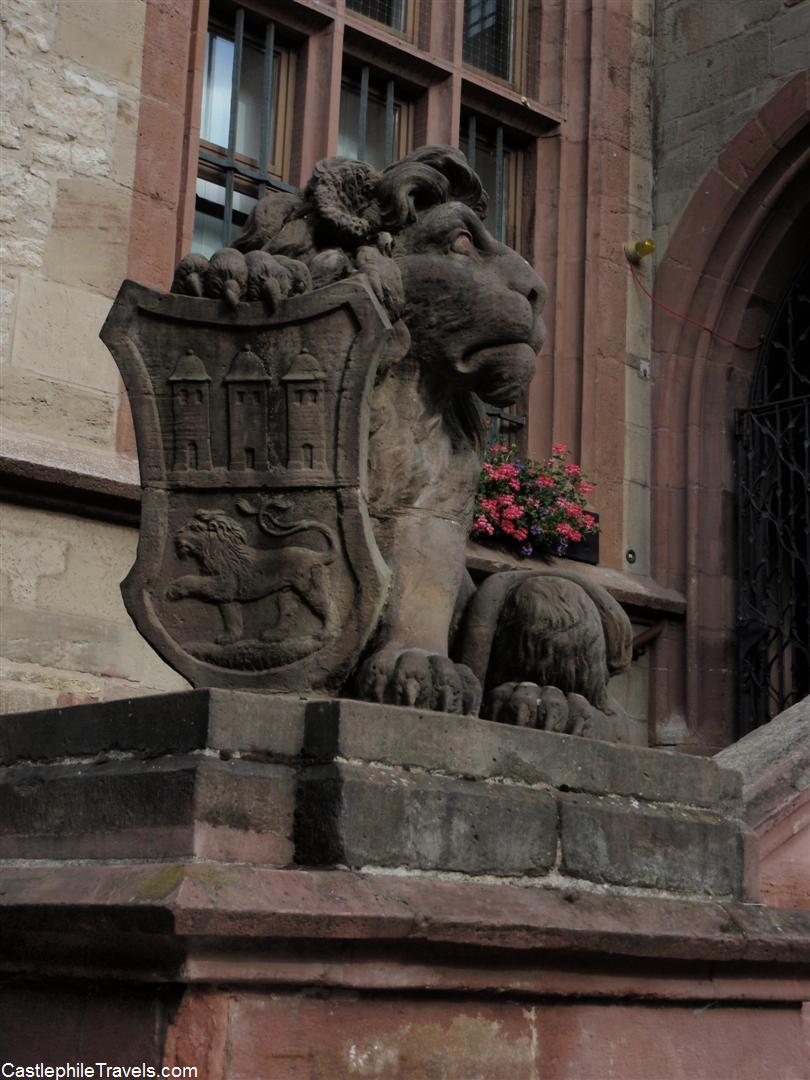
The city of Göttingen is located in Lower Saxony, a short detour from the tourist trail Germans know as the Fairy Tale Road. Populated by numerous students, who flock to the renowned Georg August University of Göttingen in the school months, Göttingen was once the residence of Jacob and Wilhelm Grimm. The Brothers Grimm worked at the university during the 1830s – Wilhelm as a librarian and Jacob as a lecturer on literary history. During their stay, they collected many local folk tales from the villagers in the mountains that surround Göttingen for their Grimm’s Fairy Tales.
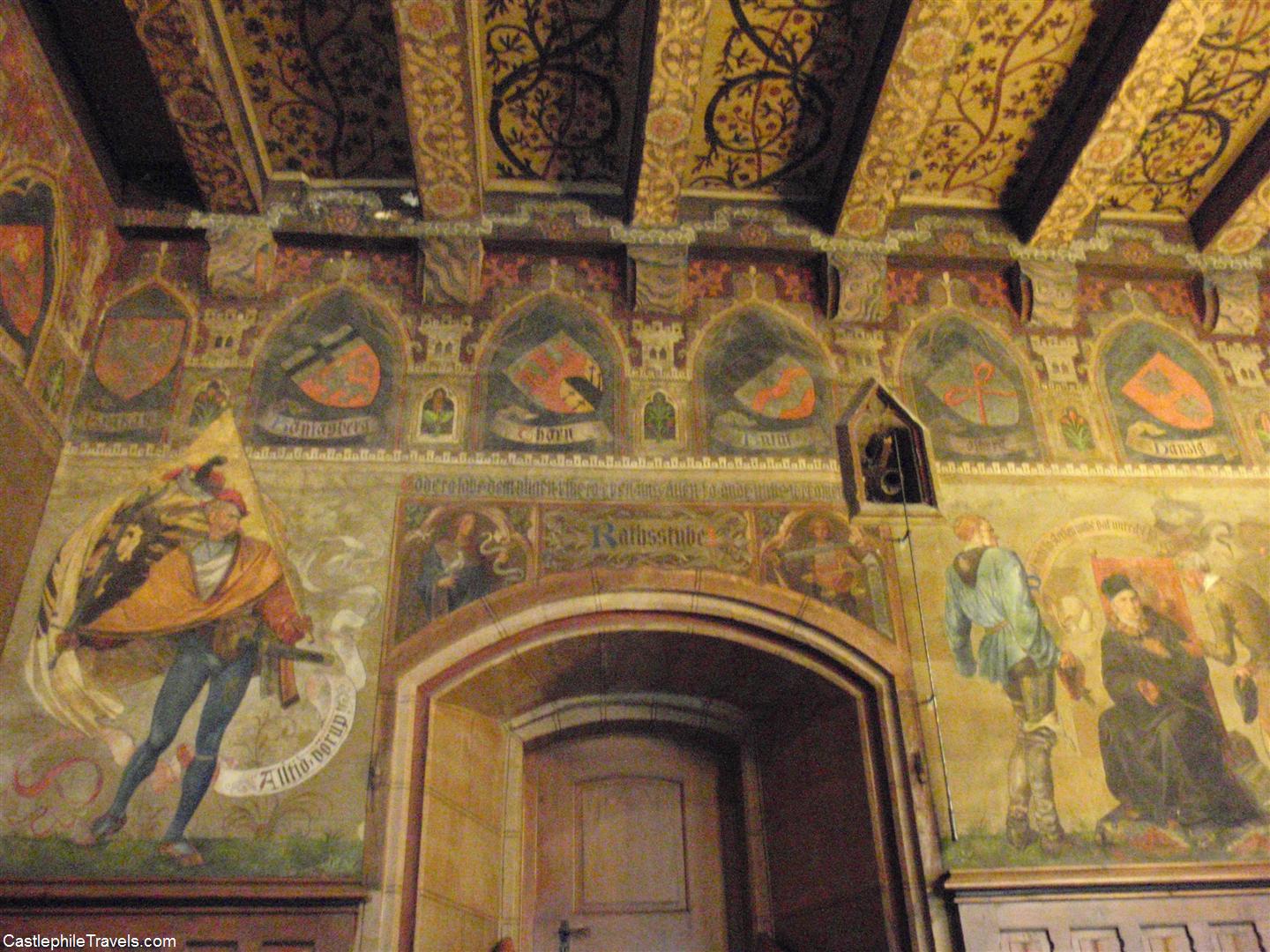
The mountains surrounding Göttingen hide many settings perfect for scenes out of Grimm’s Fairy Tales. Burg Hanstein, a gothic fortress built in the eleventh century and owned by the same family for most of its life, was destroyed by Swedish troops in 1632, during the Thirty Years War, and lies in that same state today. Wandering among the stone ruins, traipsing through the narrows corridors with low ceilings, into courtyards paved with cobblestones, up and down spiral stairwells, and past dungeons, you cannot help but think you’ve been transported back in time. After the self-guided tour of the fortress, the Knight’s Hall allows you to partake in a banquet atmosphere. Have some rich fruitcake and apple cider as you sit next to a crackling fire. The North Tower’s panoramic view of the lush green valley below Hanstein and the Harz mountains as they rise above the city of Göttingen is beautiful.
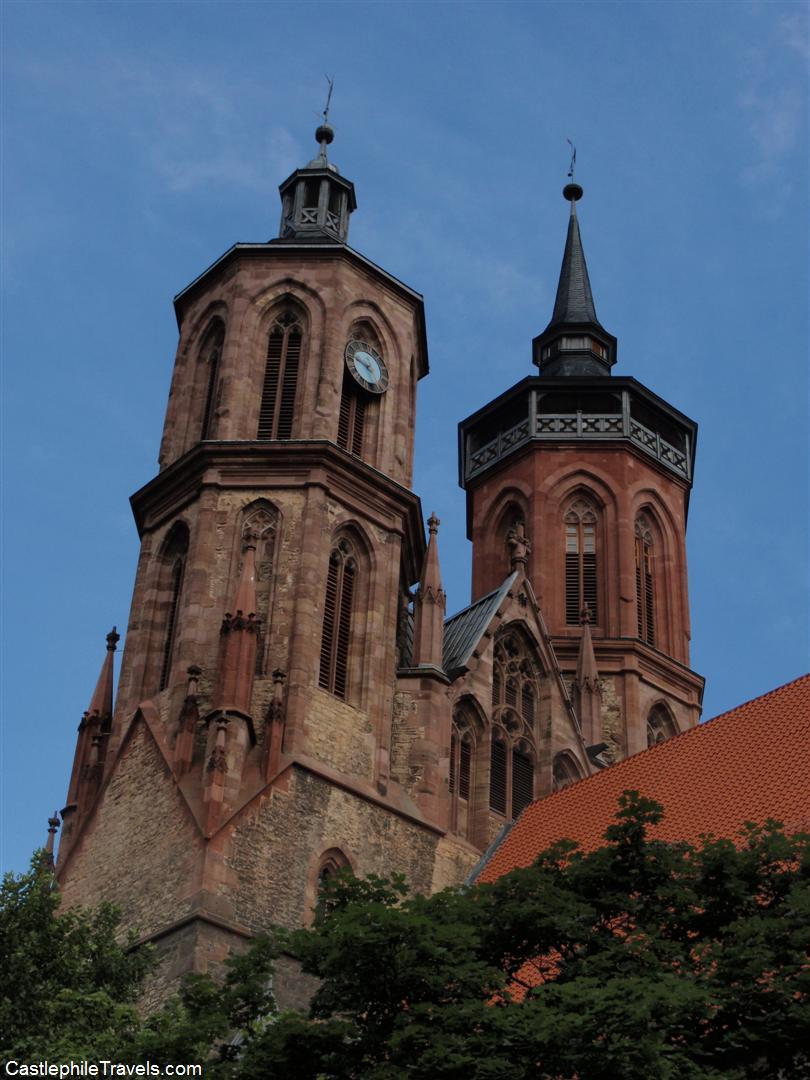
The Harz mountains are famed for witches. The Harz region was the last in Germany to cling to its pagan heritage, and thus a number of legends made famous in German literature have originated from this area. In winter, the green forests and colourful flowers of the summer months become a winter wonderland dusted with snow. A recreational playground for locals, there are lakes for swimming and slopes for skiing, as well as numerous walking trails. A favourite is to hike up the highest mountain in the Harz – the Brocken. The reward is a spectacular view of Lower Saxony, with brilliant blue skies and green fields in the summer, and sultry greyness during the winter where blocks of ice cling to poles and mining vehicles on display are frozen stiff. A stroll through the Brocken museum not only describes more about the flora and fauna of the Harz mountains and the strong mining industry which is found there, but also introduces tourists to its myths and tales, some of which were included by the Brothers Grimm in their collection.
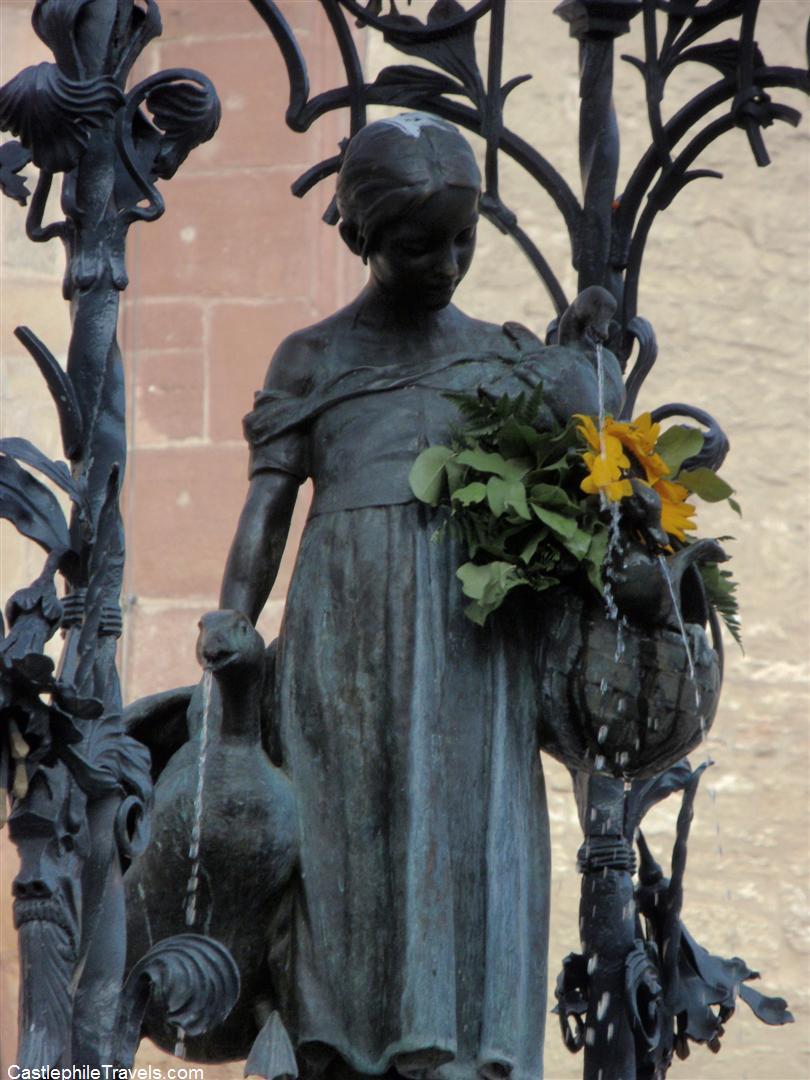
The city of Göttingen itself contains its very own link to the fairytales of the Brothers Grimm. In the city centre, in front of the Göttingen Town Hall, the statue of the Little Goose Girl (Gänseliesl) stands upon a fountain accompanied by her goose and a basket of flowers.
Some shoppers in Göttingen may be lucky to witness the tradition which has earned the Gänseliesl the title of the most-kissed girl in the world: every postgraduate scholar gives the statue a kiss upon receiving their doctorate. At Christmas time, the Gänseliesl is surrounded by the stalls of the Christmas markets. Here, fruit, nuts, sweets, cake, crepes and gingerbread are for sale along with with traditional German Christmas decorations and toys. Music and revelry are the order of the day, with locals snuggling up with a mug of hot Glühwein, retaining the glass it came in to add to their collections. Fairy lights twinkle from every stand, choirs sing carols and the jovialty of the festive season shines over the Christmas markets and the Gänseliesl, making it that bit more magical.
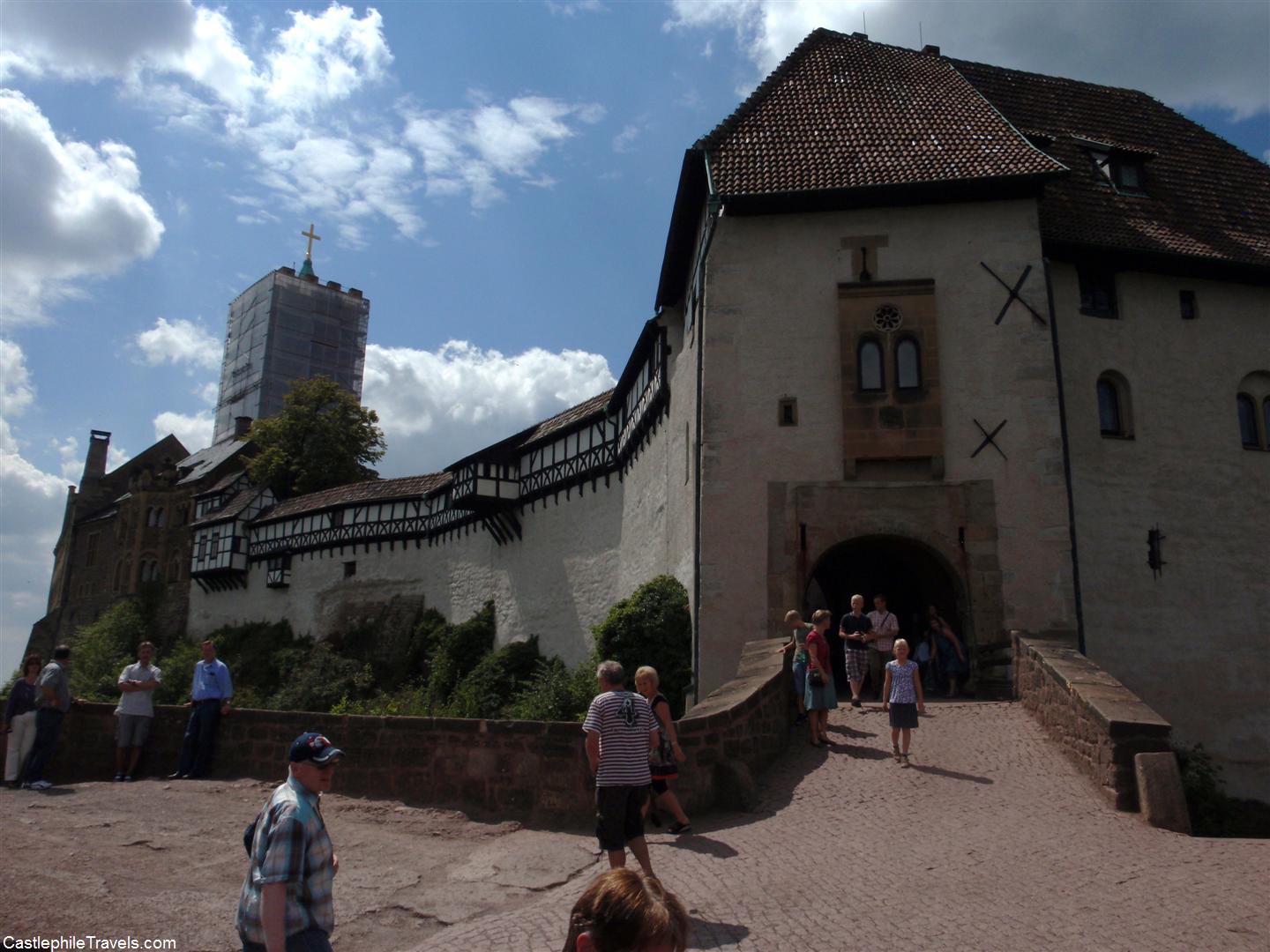
Most girls dream of being a princess in a fairytale, living in her very own castle. The Wartburg, a castle fifteen minutes away by train from Göttingen, has had many influential residents pass through its doors. It has housed Saint Elizabeth and been a sanctuary for Martin Luther to translate the New Testament from Greek to German. Its magnificent views and ornate architecture has inspired the minds of Goethe and Wagner to construct stories and operas about it. The very manner of its existence, built upon soil brought from far away, so that count could legally claim someone else’s land for the castle of his dreams, is legend.
Come to Germany, come to Göttingen and come discover these stories for yourself.
